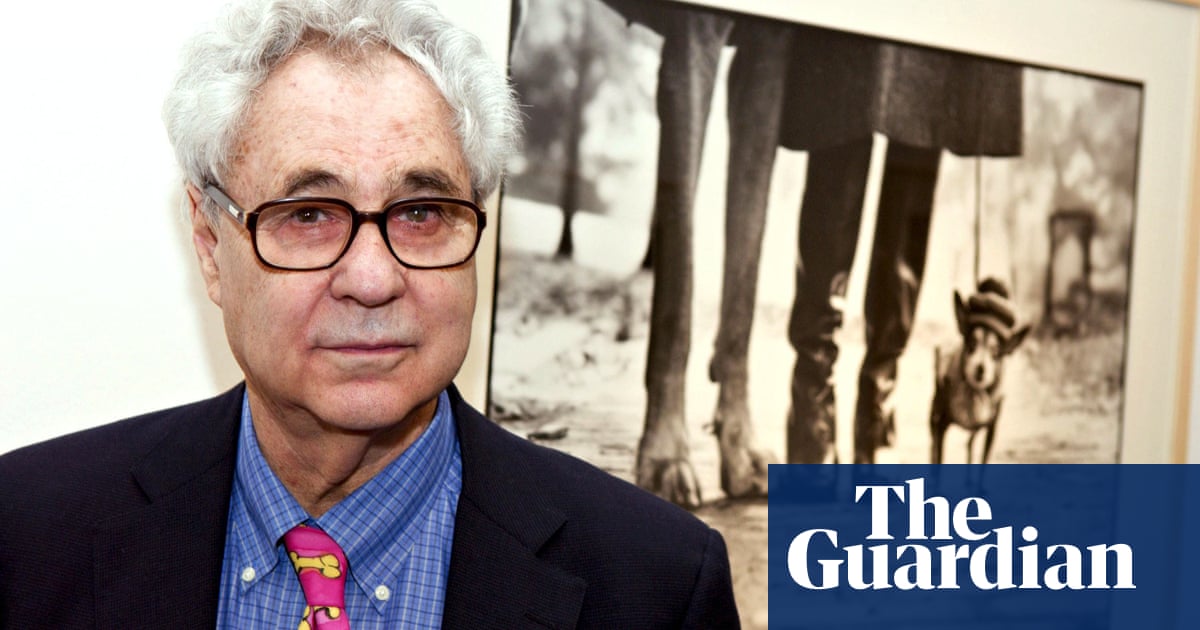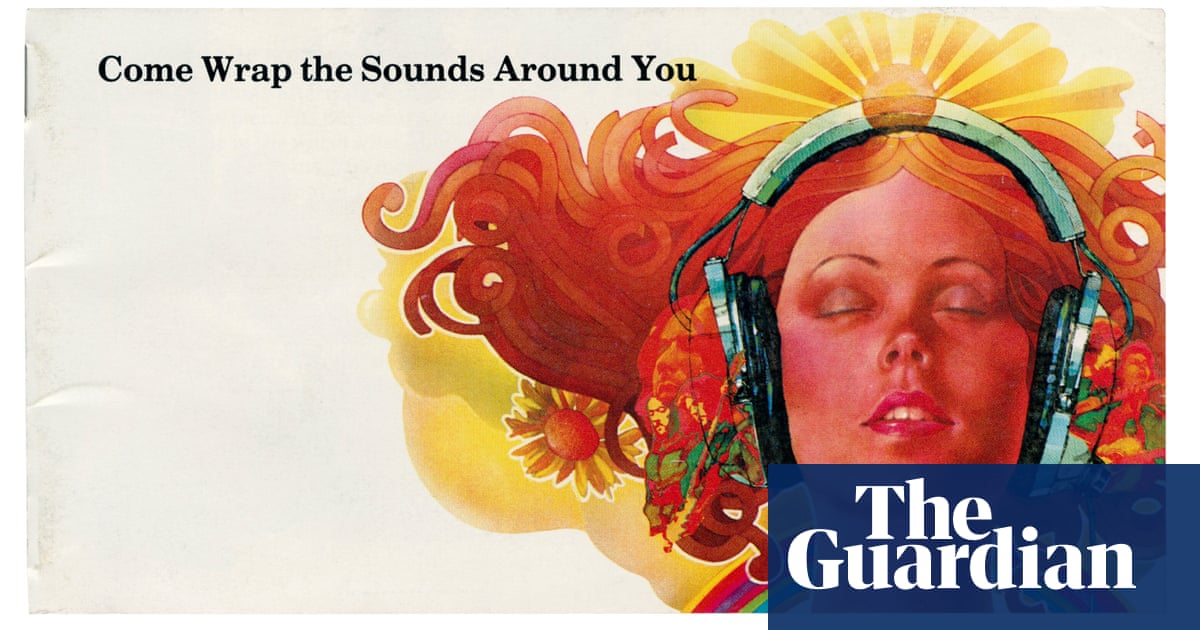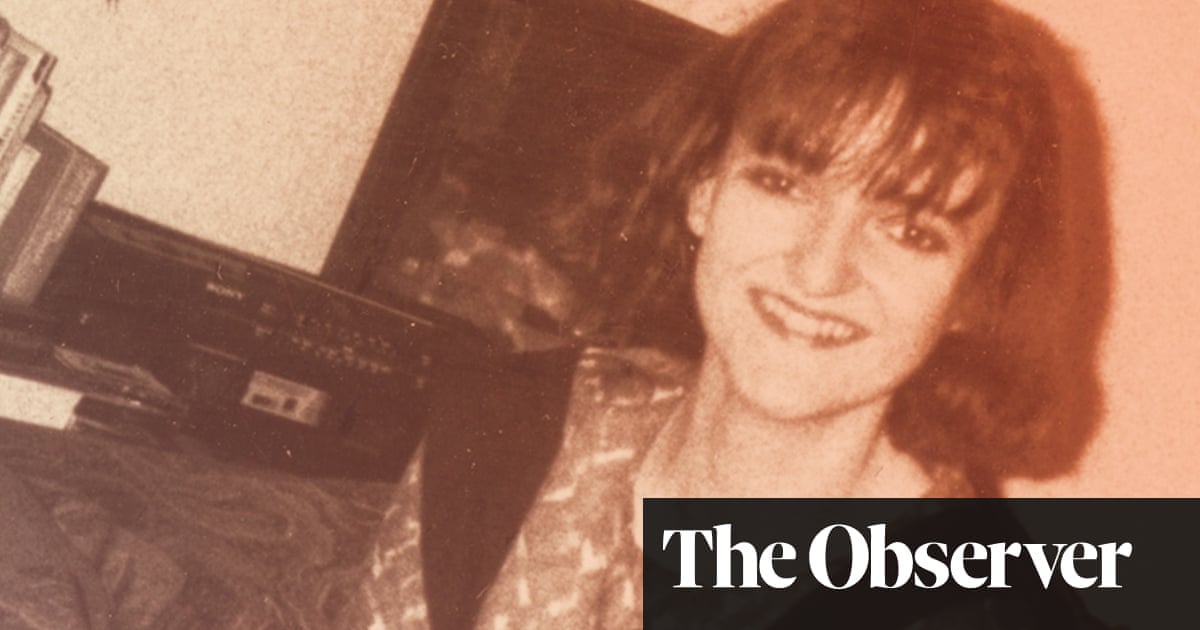
t 92, Elliott Erwitt is one of the grand old men of photography. Over a 70-year career he has amassed an archive that comprises around 600,000 images, the most well known possessing a quiet, witty charm that one of his friends, Henri Cartier-Bresson, once described as “a smile from his deeper self”.
Self-effacing and defiantly old fashioned in his views, Erwitt has long been out of step with the drift of contemporary photography, insisting that it is a craft rather than an art form. He once described himself as “a professional photographer by trade and an amateur photographer by vocation”, which somewhat underplays the acute compositional skill that informs his best-known images – including a visceral portrait of a grief-stricken Jackie Kennedy at her husband’s funeral and a furious Richard Nixon prodding Soviet leader Nikita Khrushchev in the chest during their famously heated debate in Moscow in 1959.
In his time, as well as creating memorable portraits of celebrated figures such as Marilyn Monroe, Che Guevara and Simone de Beauvoir, Erwitt also chose subject matters often avoided by more serious-minded documentarists. Children feature a lot in his work; dogs even more so – Woof and Son of Bitch are just two of his canine-themed photobooks. Perhaps unsurprisingly, some critics have found this approach a tad frivolous, though the great American curator John Szarkowski disagreed, describing Erwitt as “one of the few photographers whose work is also identified by extraordinary wit”.
Now, in old age, Erwitt has turned his attention to his vast archive of previously unseen work. While selecting images for his 2016 retrospective exhibition, Home Around the World, at the Harry Ransom Center in Austin, Texas, he found himself reappraising many photographs he had previously overlooked or rejected outright. “There’s a time for photographs that say hello,” he said of the thinking behind the process, “and there’s a time to listen.”
A new book, Found, Not Lost, gathers these recovered images in a somewhat random fashion that is oddly in keeping with Erwitt’s determinedly democratic oeuvre. They have been selected, edited and sequenced by Erwitt himself, and, as befits such a reflective endeavour, often evince a mood of gentle melancholy. He has included several studies of individuals caught in a moment of reverie, as well as glimpses of passing solitary figures, often shot from behind. Occasionally, as in his portrait of two young black girls posing on a street in New Orleans in 1947, one cradling a black doll, the other a white one, there is the suggestion of a world beyond the frame that is neither charming nor frivolous. Elsewhere his gaze is more intimate, as in the softly lit portrait of his first wife, Lucienne van Kam, asleep on a bed in their New York apartment in 1954, one of several portraits of women in repose.
Erwitt’s street photographs have a looser approach than we have come to expect from him, perhaps because many of them were taken during breaks between editorial assignments. As a young photographer, he roved the streets of 1950s New York, alert to its energy and character. He captured exhausted commuters sprawled across the seats of rattling subway trains, a young boy clinging tightly to the window frame of a moving bus, and the looming torso of a bandsman in a marching parade, the buildings a background blur above the arc of his large drum. A shot of a young boy about to kick a football on a piece of waste ground in Pittsburgh renders his body a blurred silhouette against a drab brick wall.
Amid this flow of street photographs and portraits there are moments of disruption that range from the sombre – a young black man having his ID photo taken in an army recruitment centre – to the starkly dramatic, such as a smiling, besuited man holding a placard that reads Burn All Reds. The latter was taken at a rightwing demonstration on 19 June 1953, the day of the execution of Julius and Ethel Rosenberg, who had been found guilty of spying for Russia.
The majority of the pictures in Found, Not Lost, though, are more quietly observational in tone. That they are mostly captioned with just the location and the year only adds to the air of mystery that many exude – often arising from the sense that there is a bigger drama occurring just beyond the frame. Erwitt is, among other things, an unobtrusive watcher of other people watching.
For all that, Erwitt’s whimsical charm is still in evidence throughout, with shots of smiling children, sunbathers, and dancing couples. A more ruthless edit might have turned Found, Not Lost into a dramatic reappraisal of his work; instead, it stands as a quietly surprising shadow history of a photographer who does not fit neatly into any tradition. A maverick with an eye for the intimate as well as the quirky.












